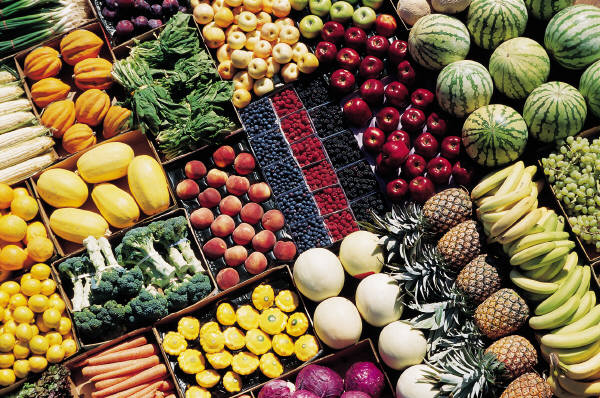Rising Food Costs Affect Latino Health and Well-Being
As we mark the end of National Nutrition Month, it’s important to look at the rising costs of food in the U.S. that is making it difficult for some families to purchase the basic staples of a healthy meal without breaking their budgets.
USA Today reports that prices for everything from meat to dairy are on the rise, with no signs of slowing down:
Keep up with the latest from UnidosUS
Sign up for the weekly UnidosUS Action Network newsletter delivered every Thursday.
Droughts, unusually cold winter weather, rising exports and a virus outbreak in the hog population are among the causes of food inflation, which is expected to accelerate in 2014. The Agriculture Department expects grocery store prices to increase as much as 3.5 percent in 2014, up from 0.9 percent last year.
With beef and pork prices spiking, consumers are turning to poultry, which saw an almost 5 percent increase in prices last year. Fruits and vegetables are also more costly thanks to a drought in California, while milk prices could increase by about 50 cents per gallon this year.
This alarming trend will mean fewer quality food options for Latinos, who already face a myriad of problems affording and accessing healthy groceries. We know that Latinos are more likely to live in areas that have fewer supermarkets, where healthy foods are sold at reasonable prices. In fact, non-Hispanic neighborhoods have three times as many supermarkets as the typical Hispanic neighborhood.
Compounding that problem, the Latino community still has a disproportionately high rate of unemployment, hovering above 8 percent, and those who are working are more likely to work in low-wage jobs. That leaves many families without the necessary income to afford nutritious food items wherever they can find them.
An increase in grocery store prices could prove disastrous for a community that faces two seemingly contradictory health problems. On the one hand, Latinos have disproportionately high rates of obesity, with almost 40 percent of Hispanics considered obese and 80 percent considered overweight. On the other hand, nearly one in four Latino families struggles with hunger.
Simply put, they don’t have the money to afford enough food or the right food.
While we can’t control food prices, we can protect programs that ease the burden of costly meat and produce on struggling families. The Supplemental Nutrition Assistance Program (SNAP), formerly known as food stamps, is one of the most effective tools for keeping families out of poverty and a critical buffer against hunger, but over the past year lawmakers in Washington have repeatedly taken aim at SNAP and slashed billions of dollars from the program.
It’s painfully clear that with food prices rising and communities still recovering from the economic downturn, Latino families need all the help they can get to provide for their families. This National Nutrition Month, remind your members of Congress that by investing in SNAP, they are ensuring that every child can come home to dinner on the table, night after night.


